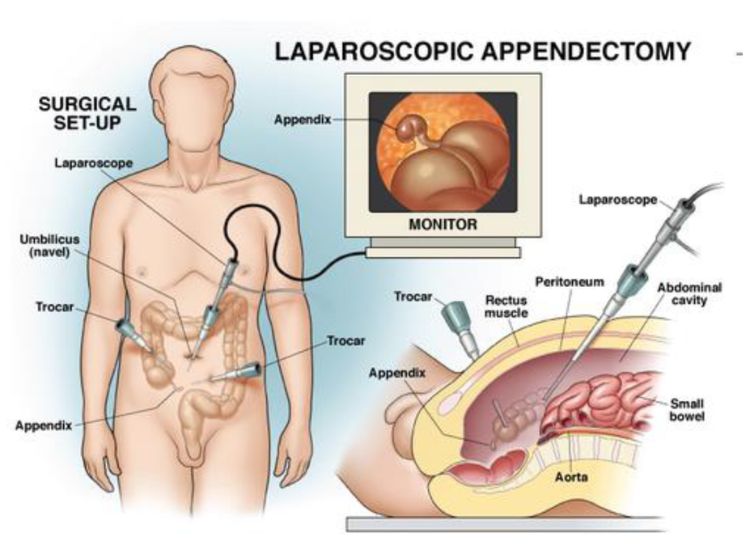

Appendicectomy, also known as appendectomy, is a surgical procedure to remove the appendix. The appendix is a small, tube-like structure that is attached to the large intestine. It is located in the lower right side of the abdomen. Appendicectomy is the most common emergency surgery performed to treat appendicitis, a condition in which the appendix becomes inflamed and infected. If left untreated, appendicitis can cause the appendix to burst, leading to serious complications.
During an appendicectomy, the surgeon makes a small incision in the lower right side of the abdomen. The appendix is then removed through the incision. In some cases, the surgeon may use a laparoscope, which is a thin, lighted instrument with a camera attached, to guide the surgery. However, it is important to follow the surgeon’s instructions for post-operative care, such as avoiding strenuous activity and taking prescribed medications, to ensure a smooth recovery.
Although appendicectomy is a relatively safe and routine procedure, like any surgery, it carries some risks. These may include bleeding, infection, and damage to nearby organs. It is important to discuss these risks with the surgeon and ask any questions before the procedure.
In conclusion, appendicectomy is a common surgical procedure used to treat appendicitis. It involves removing the appendix through a small incision in the lower right side of the abdomen. Laparoscopic surgery is usually the best option for older adults and people who are overweight. It has fewer risks than an open appendectomy procedure, and generally has a shorter recovery time.










